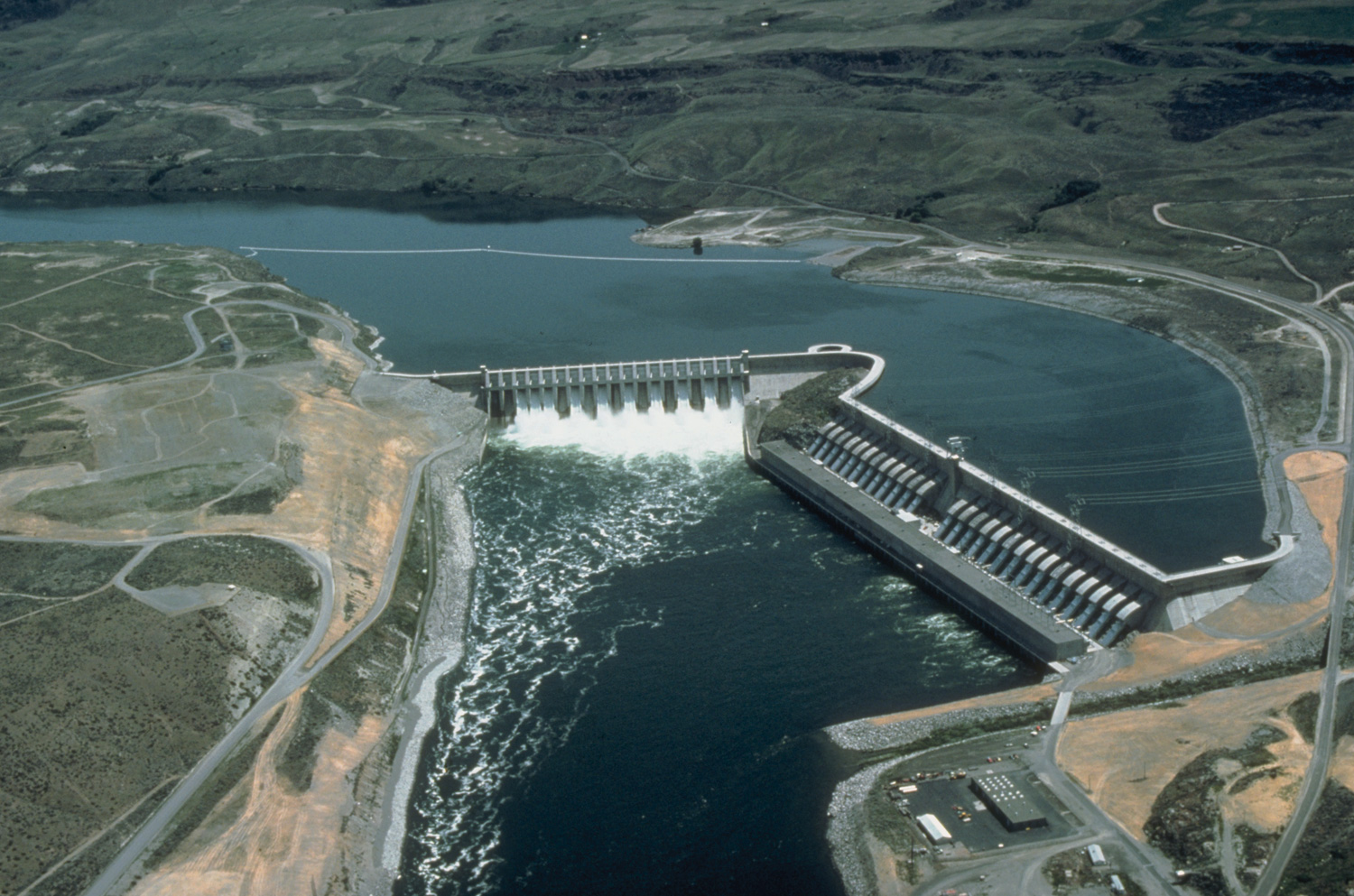Methodologies of Environmental Flow Assessment (Part One)
Last time, I had introduced about eflows and why they are important for river management. This article will briefly discuss the methodologies in measuring eflows. Measuring eflows vary widely. Different methodologies are available for measuring eflows. Eflows measurement can be done according to the spatial nature of the research you are doing- i.e. how big is your study site- is it a small river stretch? Or does it cover an entire river basin? Or, methodologies could also vary depending upon the temporal scale- i.e. the time frame of your research. Are you planning to collect a two years weekly data or are you using 20 yearlong monthly data? According to Arthington et al. (2003), the methodologies could also be rapid reconnaissance level (preliminary survey or research) approach for regional, national or basin wide water resource planning to resource intensive methodologies for highly exploited rivers which have been used extensively or rivers of high conservation significance. ...
